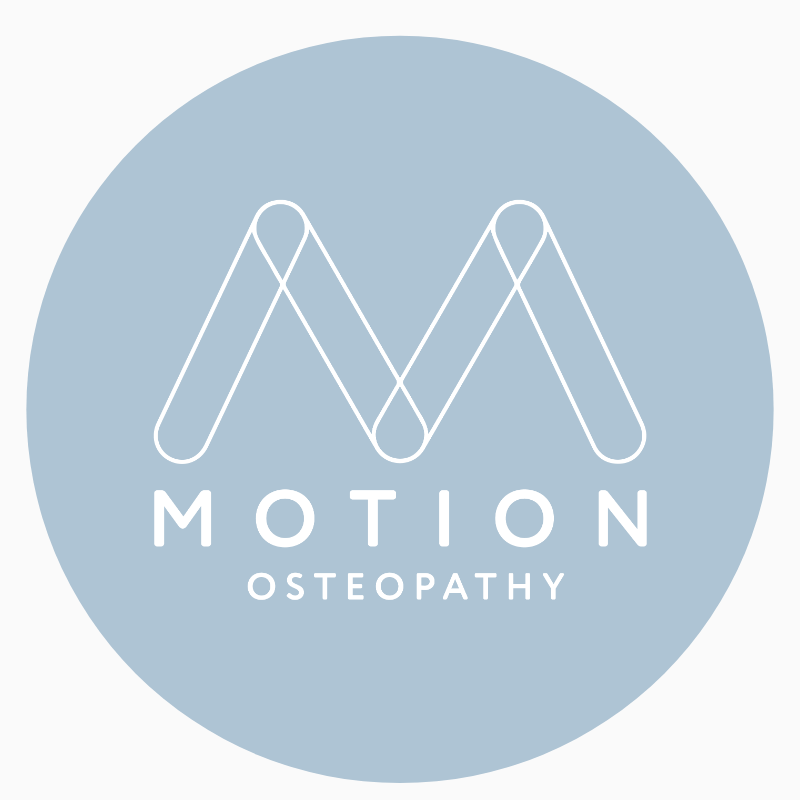FAQ
Q. What is Osteopathy?
A . Osteopathy is a non-invasive form of manual medicine, specialising in the diagnosis and treatment of physiological and mechanical disorders of the musculoskeletal system including tissue strain, stress and dysfunction that impede normal neural, vascular and biochemical mechanisms.
Osteopaths look at your body as a whole and use a unique system of diagnosis incorporating a combination of orthopaedic, biomechanical and functional assessments to diagnose the cause of your symptoms. Osteopathic treatment utilises a combination of manual techniques such as stretching, massage, myofascial release, dry needling, taping and joint manipulation to bring balance to all the systems of the body.
Q. What is the difference between Osteopathy, Chiropractic and Physiotherapy?
A . Osteopaths, Chiropractors and Physiotherapists are set apart by their different principles and treatment methods. Osteopathy utilises a range of treatment techniques to address both the muscles and joints of the body in order to support the body's self-healing mechanism. Osteopathy's focus is to address the underlying cause of the presenting issue, to not only provide symptomatic relief but long lasting positive outcomes.
Q. How Much does a treatment cosT?
A .
$115 - Initial Appointment with Graduate Osteopath
$120 - Initial Appointment with Associate Osteopath
$130 - Initial Appointment with Senior Osteopath
$140 - Initial Appointment with Lead Osteopath
$90 - Standard Appointment with Graduate Osteopath
$95 - Standard Appointment with Associate Osteopath
$100 - Standard Appointment with Senior Osteopath
$110 - Standard Appointment with Lead Osteopath
Q. Do I need a referral to see an Osteopath?
A . You can make an appointment without a referral as Osteopaths are primary health practitioners. This also means that your Osteopath will be able to refer you for further testing, if required.
Q. Is Osteopathy available on Medicare?
A . Osteopathy is only covered on Medicare for those with an Enhanced Primary Care (EPC) plan. EPC plans are approved by your GP. Please discuss with your GP to determine your eligibility. Where an Enhanced Primary Care (EPC) plan has been approved Full payment is taken on the day of the treatment and a rebate of approximately $56.00 is provided by Medicare via the HICAPS terminal. A valid Medicare card and an eftpos card with a savings or cheque account attached are required for the rebate to be processed on the day.
Q. Are Osteopathic treatments covered by private health?
A . Most private health insurers allow you to claim a portion of your treatment cost, with the rebate amount varying fund to fund. Our clinic is equipped with HICAPS and EFTPOS facilities, allowing you to claim your private health rebate at the time of your consultation, with you only having to pay the gap.
Q. What training do Osteopaths have?
A. At Motion Osteopathy, all of our Osteopaths have completed a minimum of 5 years' university training in anatomy, physiology, pathology, general medical diagnosis and Osteopathic techniques. They are current members of the Australian Osteopathic Association, registered with the Australian Health Practitioner Regulation Agency and regularly undergo further professional development and postgraduate study.
Q. What happens in an Osteopathic Treatment?
A . In your initial appointment, your Osteopath will undertake a detailed review of your medical history, including a physical assessment; Osteopaths look at your body as a whole and use a unique system of diagnosis incorporating a combination of orthopaedic, biomechanical and functional assessments to diagnose the cause of your symptoms. Based on these findings and subsequent diagnosis, your Osteopath will create a tailored management plan with you, including at home rehabilitation exercises. Osteopathic treatment utilises a combination of manual techniques such as stretching, massage, myofascial release, dry needling, taping and joint manipulation to bring balance to all the systems of the body.
Q. What should I bring to my appt?
A . Please bring any current or relevant scans, X-rays or medical reports.
What should I wear?
A . We recommend wearing comfortable, loose fitting clothing that is easy to move around in.
Q. Is Osteopathy safe during pregnancy?
A . Osteopathic treatment is a proven safe and effective therapy for expectant mothers. Osteopaths will select the most appropriate treatments to assist the natural process of pregnancy and birth, including adapting to the postural changes of pregnancy, maximising the body's ability to change, and improving labour outcomes.
Q. Is Osteopathy safe/ suitable for children and babies?
A . Cranial Osteopathy can provide safe and gentle treatment for babies having experienced a traumatic birth, are unsettled, or for those having trouble sleeping. It aids in healing, relaxing and the promotion of sleep, digestion and body alignment through gentle head and body mobilisation.
Q. What is Cranial Osteopathy?
A . Cranial Osteopathy is a safe and gentle form of Osteopathic treatment that is suitable for patients of all ages and most conditions. Cranial Osteopathy uses a highly-attuned sense of touch to feel and correct any subtle stresses, strains or imbalances throughout the body.
Q. What is Dry Needling?
A . Dry Needling is a treatment technique where fine filament needles are inserted into the trigger points of muscle to promote the muscle fibres to relax, relieve the hyper-irritability of the sensory nerves, reduce inflammation, improve flexibility and provide better circulation to the surrounding tissue.
Q. What inuries or conditions do Osteopaths treat?
A . Osteopaths treat the folllowing conditions, but are not limited to:
Lower back pain
Neck pain
Headaches
Shoulder injuries
Postural issues
Knee, foot or ankle pain
Arthritic pain
Sciatica
Whiplash
Sporting Injuries
TMJ pain
Tendon pain
Hip and pelvis pain
Elbow and wrist pain
